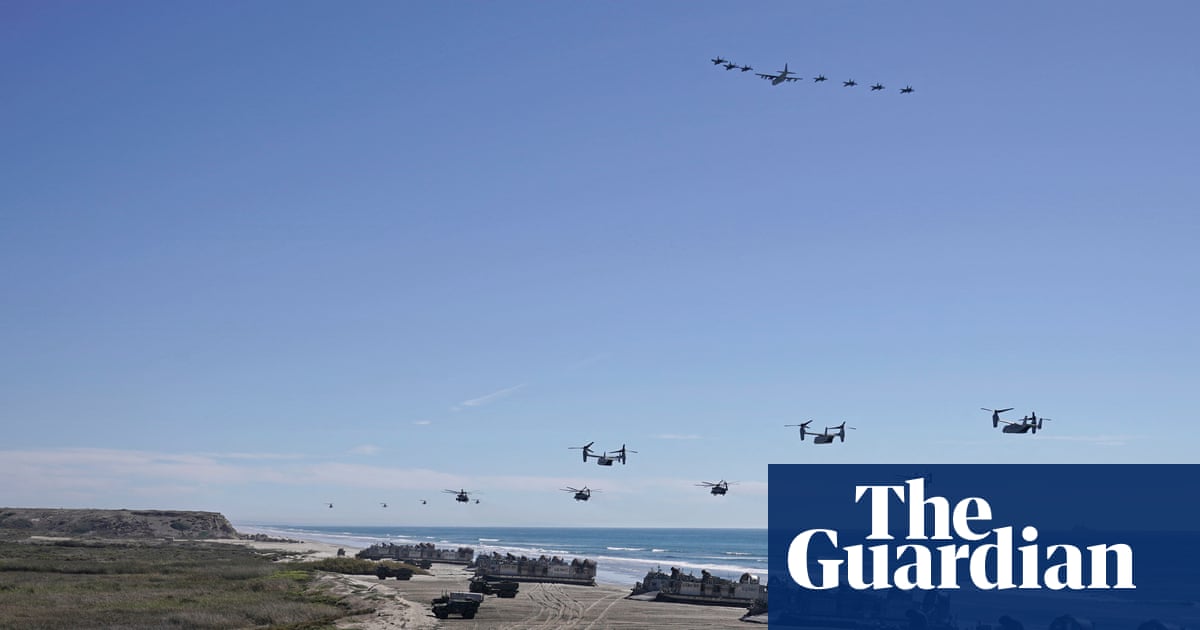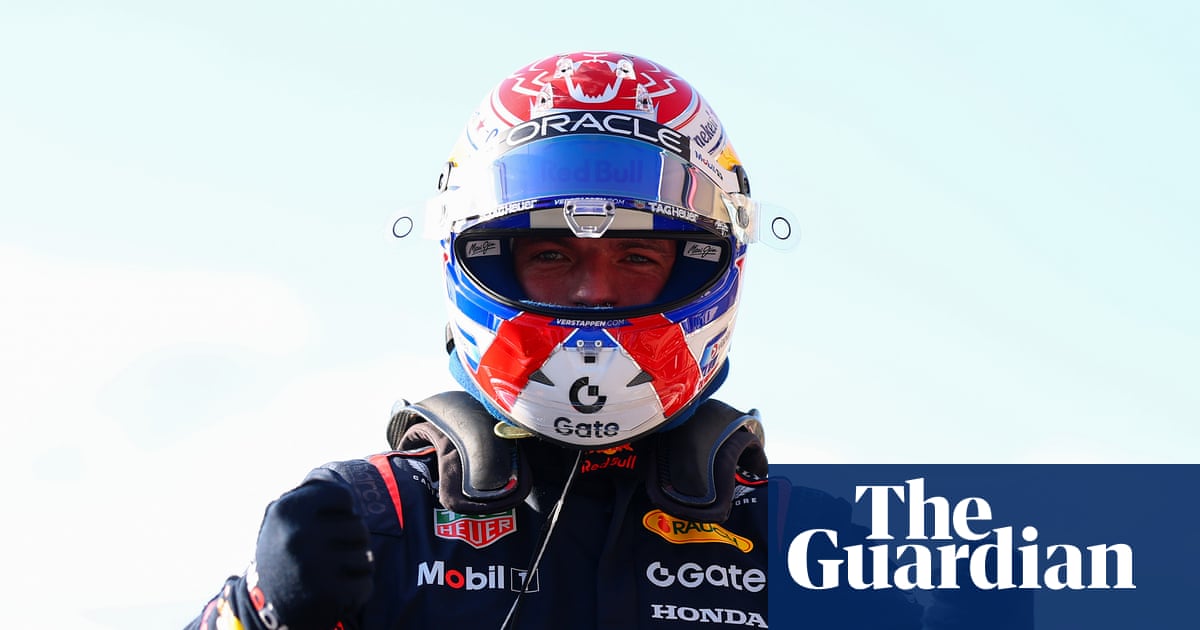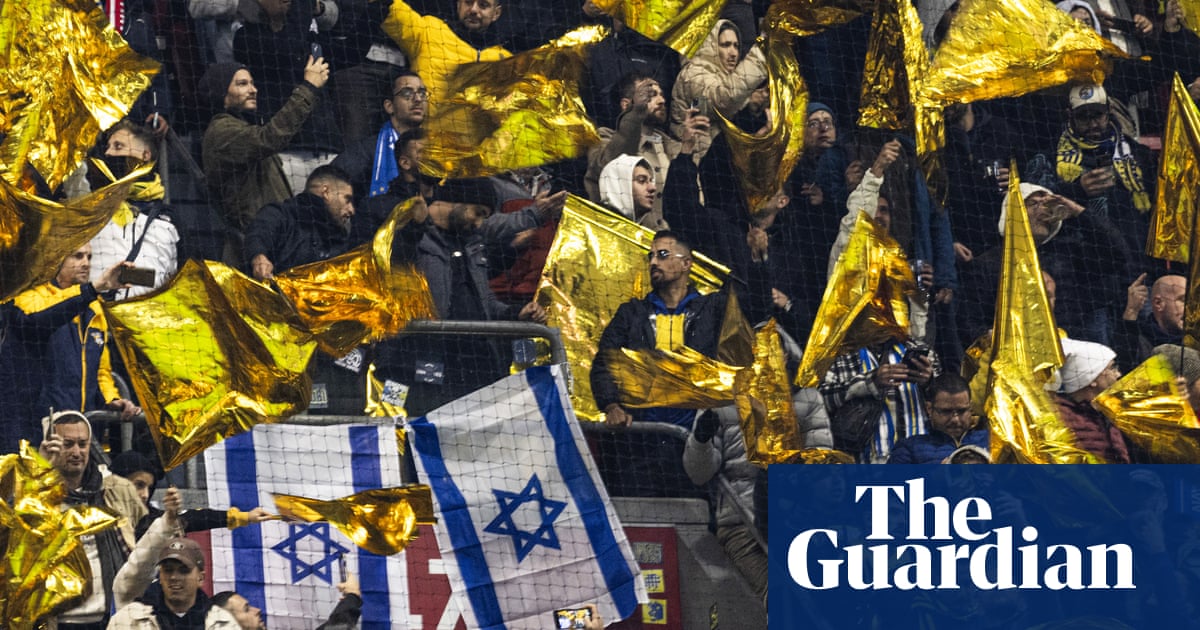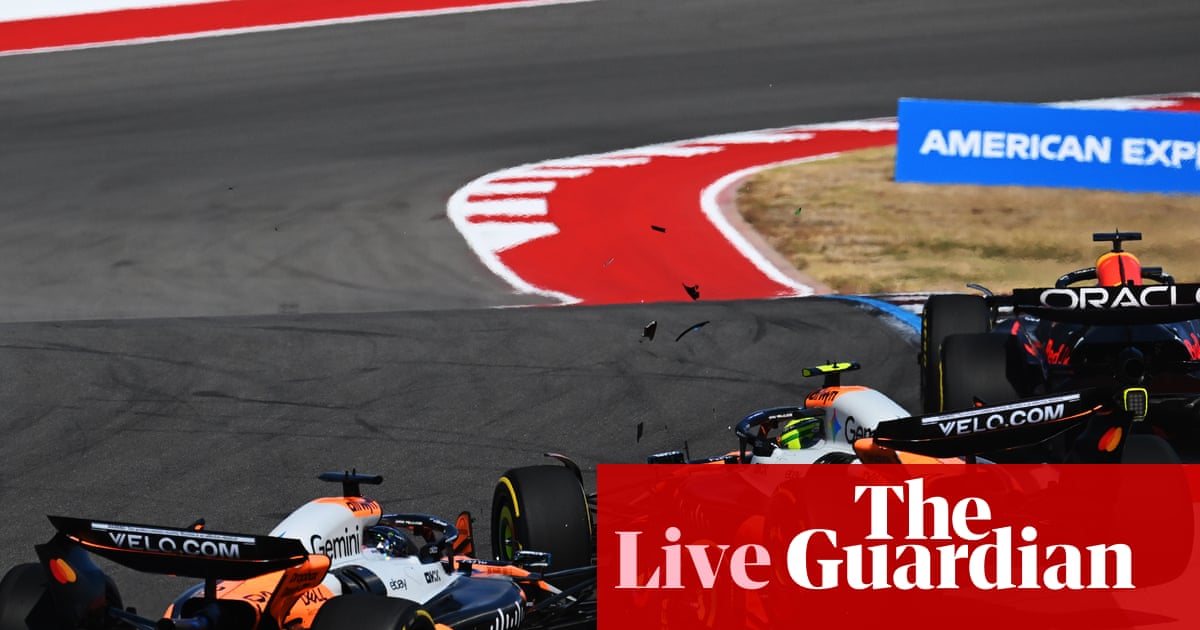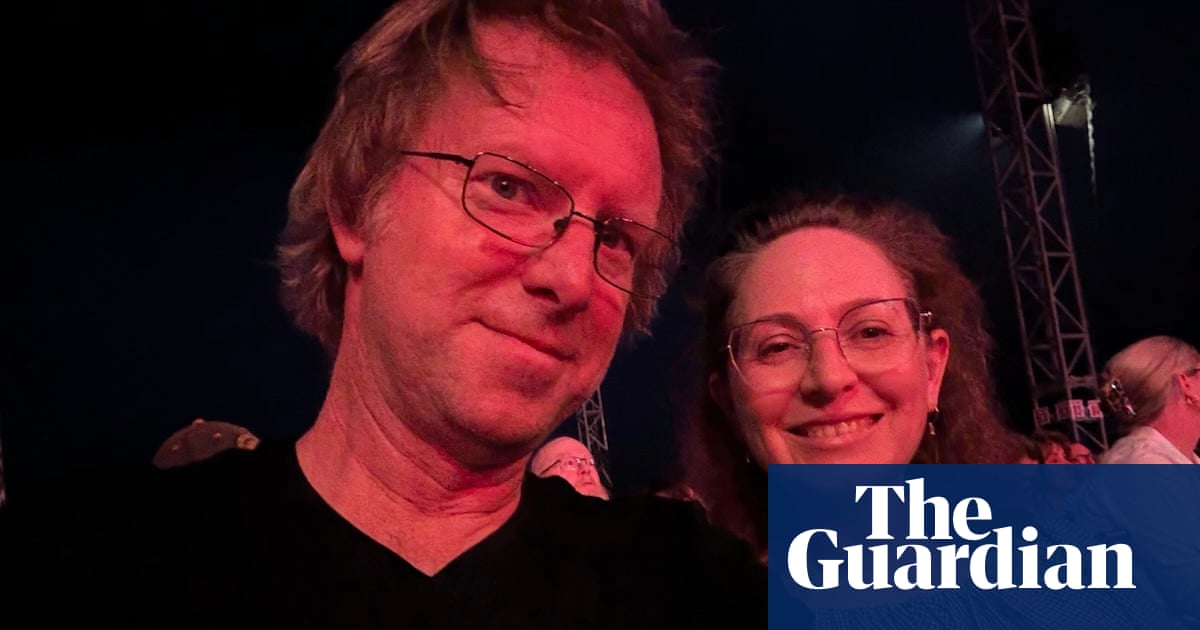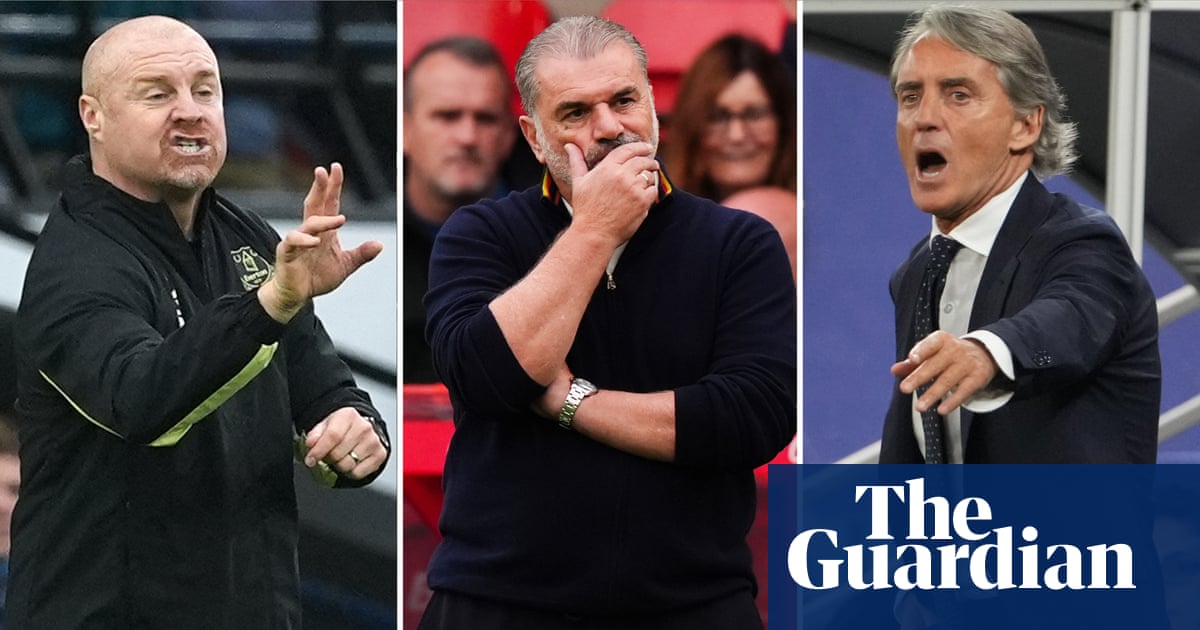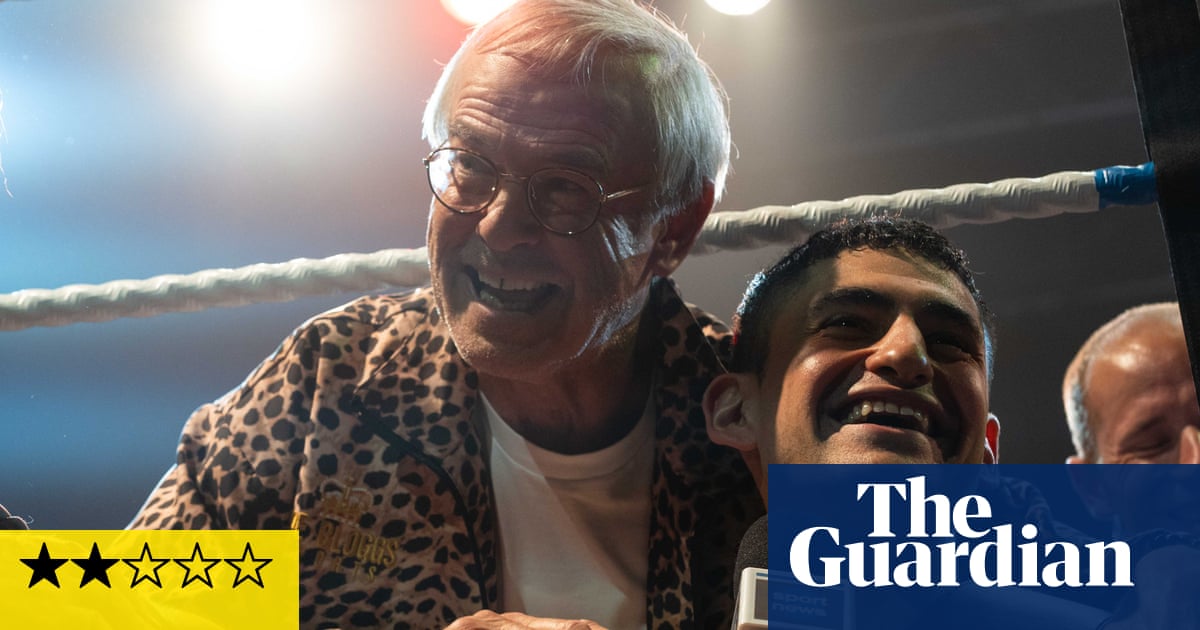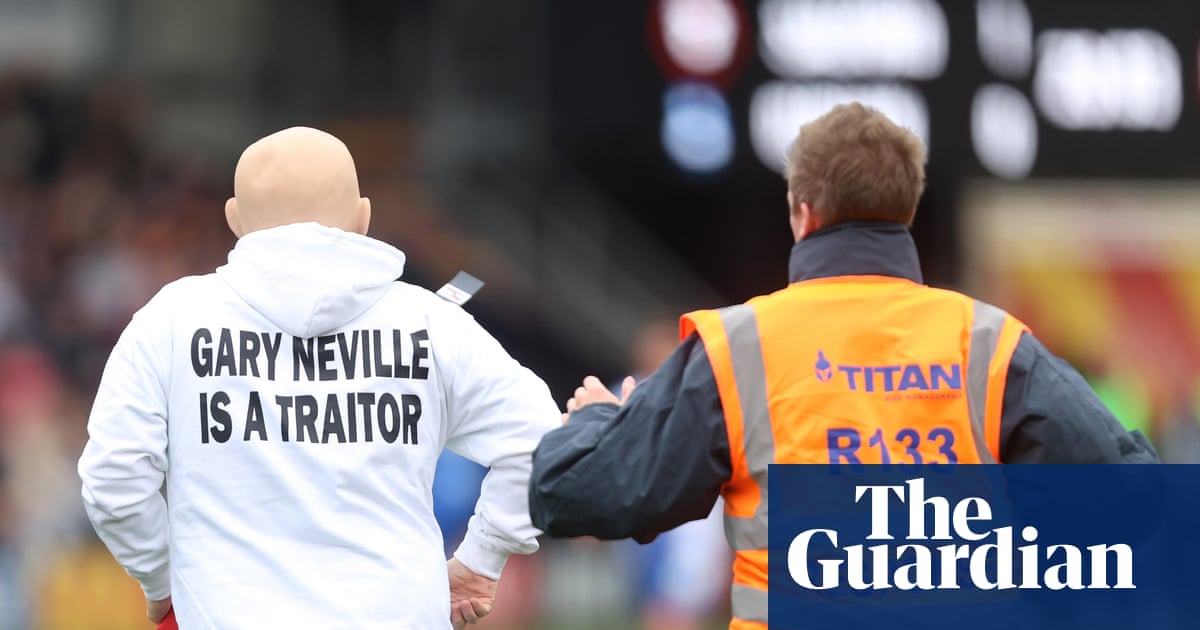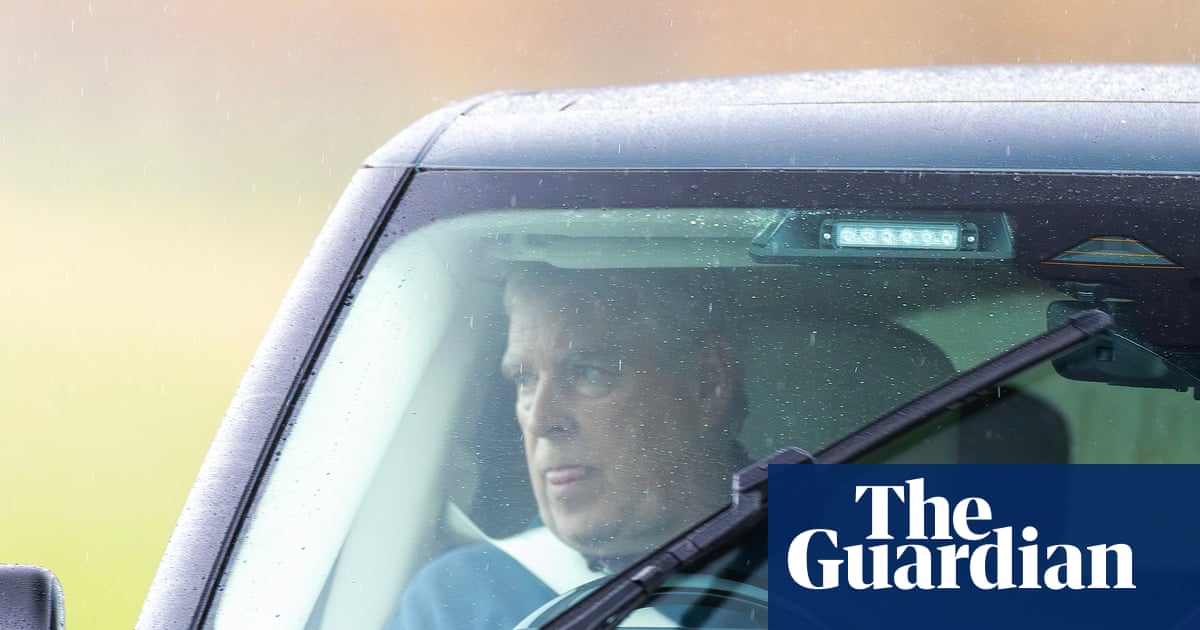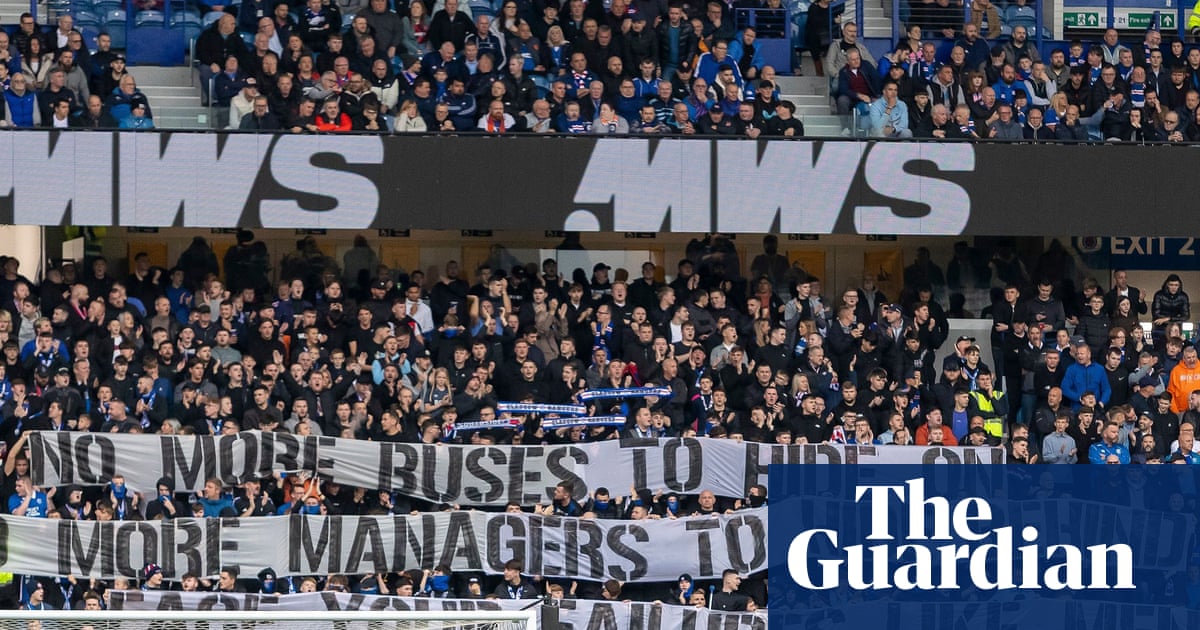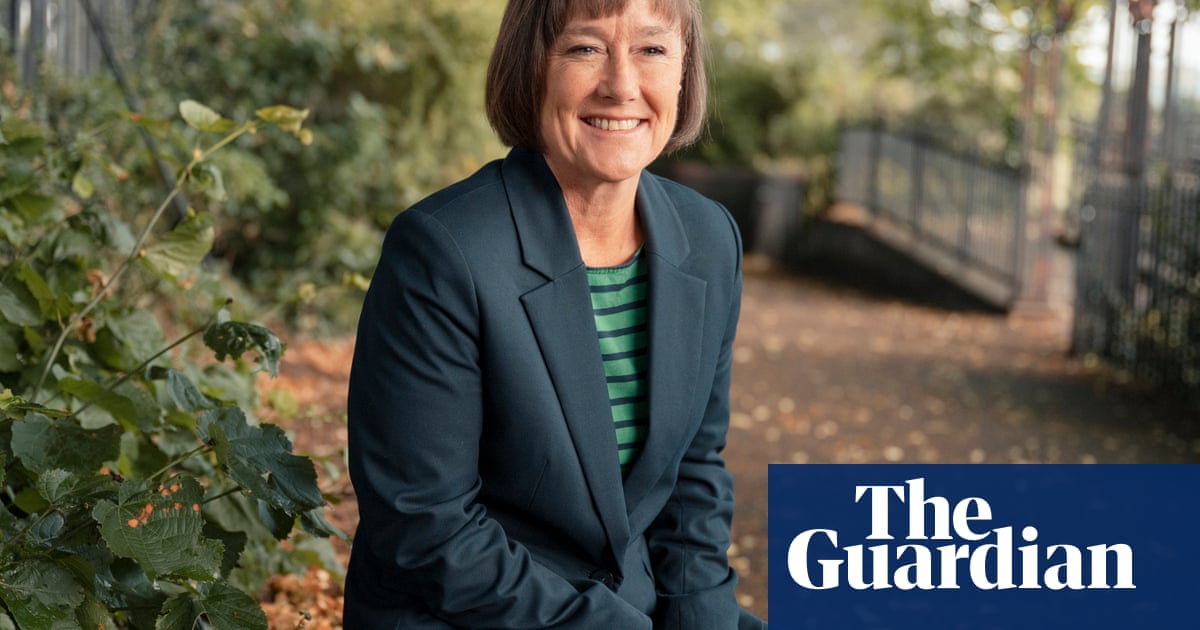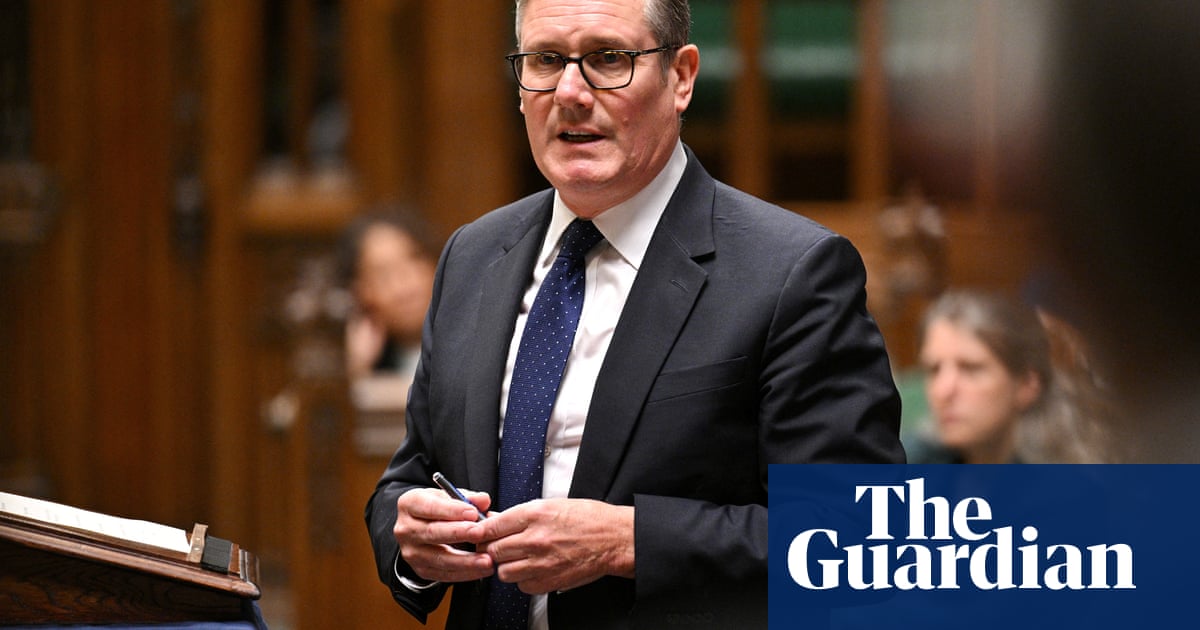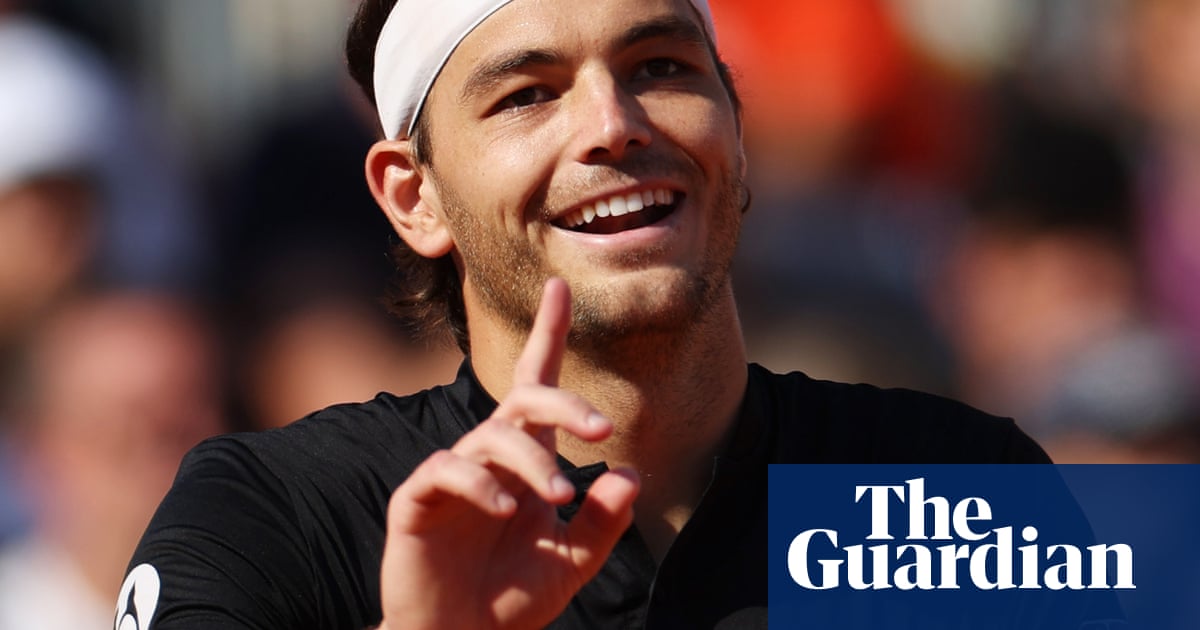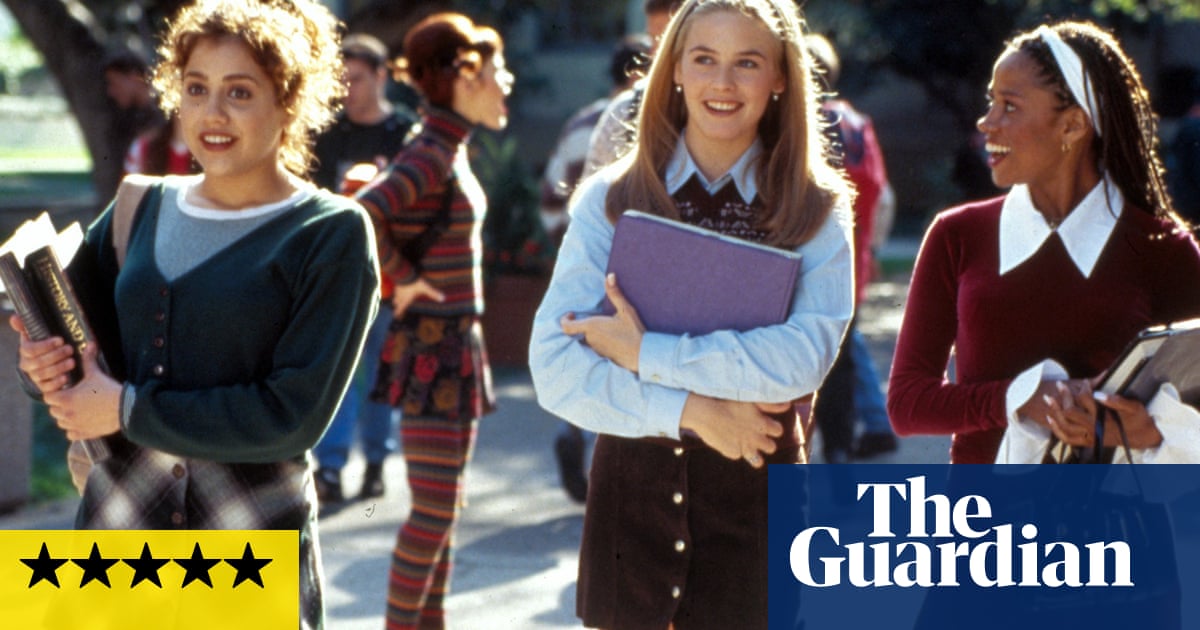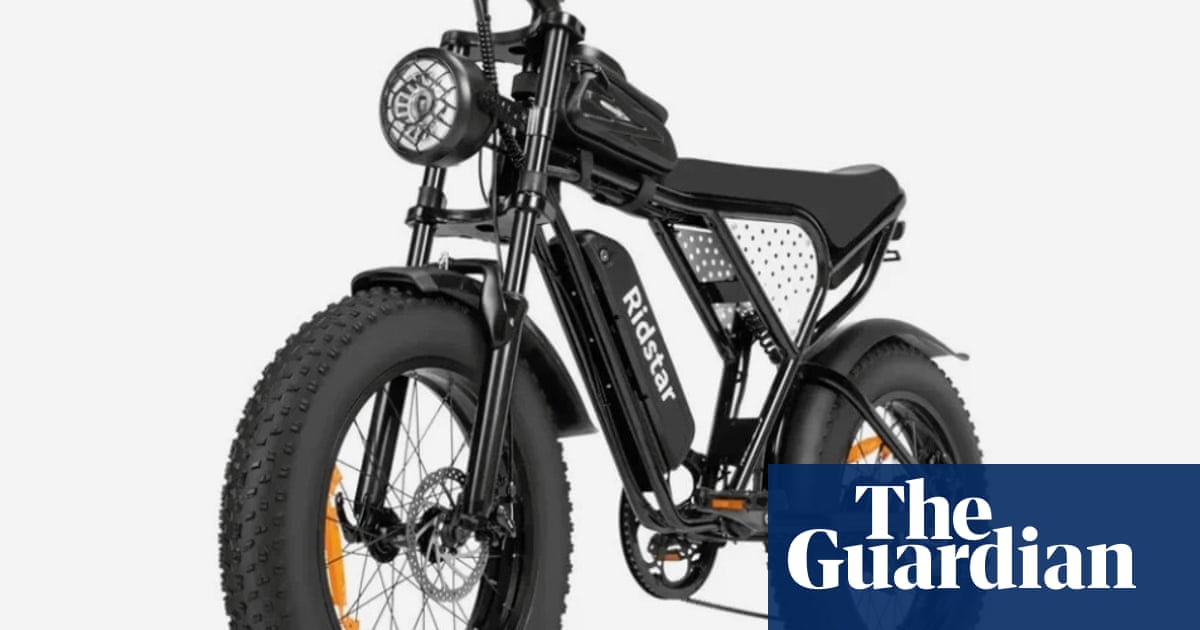Ukraine was the most successful nation at this week’s European team championships, winning gold in the open event and silver in the women’s. It also sparked one of the most memorable results of recent years, as Igor Kovalenko, a serving army soldier who played no chess for three years, won the individual gold on fourth board with 6.5/8, the best percentage of the entire tournament.
Kovalenko’s games included a key win against Serbia’s 2024 European individual champion, Aleksander Indjic, and a draw with Gawain Maroroa Jones in the final round when the Englishman was in pole position for third board gold.
A recent chess.com article provides more details of how Kovalenko combined chess pseudo-warfare with real life war. He is a radio operator, where “the shift lasts 12 hours a day, with no holidays, weekends, or days of rest. You do everything in a trench with mice and constant dirt.” The Ukrainian president, Volodymyr Zelenskyy, awarded him a decoration for courage in 2023. Kovalenko is pessimistic about the future: “I think the war, in its broader context, will never end.”
Has there ever been anyone in chess history comparable to Kovalenko? The only name that comes to mind is Alexander Tolush, who served as a Soviet tank officer in the second world war, played in the 1944 USSR championship in his army uniform, then returned to the front to join the final journey to Berlin.
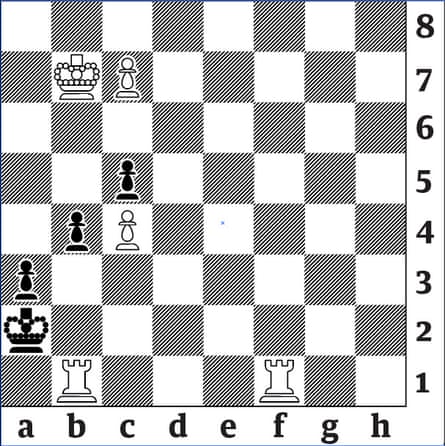
During that 1944 championship in Moscow, Tolush became one of a handful of players who have checkmated a world No 1 in competitive play. Tolush v Mikhail Botvinnik was an old style Centre Game 1 e4 e5 2 d4 exd4 3 Qxd4. As Tolush made his 56th move he exclaimed: “You’re mated, Mikhail Moiseevich!” The future world champion never forgave the disrespect.
England’s open team made a great effort in the closing rounds to snatch a medal from what had earlier seemed an inevitable mid-table position, despite Michael Adams and Shreyas Royal being below form. The former Russian champion Nikita Vitiugov was rock solid against high rated top board opponents, winning one game and drawing the rest.
The engine room for the English recovery was the duo of Maroroa Jones, who was close to the board three gold and ended up with bronze, including this sharply tactical game, and Luke McShane, who began rustily with a loss and a narrow escape, then found his best form to finish fourth on his board, just missing a medal. His games included this intriguing variation of the Two Knights’ Defence.
Before the European teams, England seemed flattered by their fifth place seeding, while in the event they went close to overperforming. The problem now is that the team has a narrow base of players who can be reliably expected to compete at a 2600-plus level: Vitiugov, Maroroa Jones, McShane if match fit, and the 2022 Olympiad gold medallist David Howell, absent from Batumi on commentary duties. Royal, 16, may still need another year or two to join them.
In the context of the 2026 Olympiad in Goa, India, it therefore looks desirable for an optimum England performance and outside chances to medal for Howell to be persuaded to take a break from commentating. There are once again government funds for elite chess, so this could be an occasion to use them.
Final Euroteam scores were Open: 1 Ukraine 15 board points (21.5 game points); 2 Azerbaijan 13 (20.5), 3 Serbia 13 (19.5). Also: 9 England 11 (20). English scores: Vitiugov 4.5/8, Adams 3/7, Jones 6/8 (bronze medal), McShane 4.5/8, Royal 2/5.
Women: 1 Poland 16 (23.5), 2 Ukraine 14 (22.5), 3 Germany 13 (21,5). Also: 22 England 8 (18.5). English scores: Jovanka Houska 1.5/7, Lan Yao 3/7, Harriet Hunt 5/8, Elmira Mirzoeva 5/8, Bodhana Sivanandan 4/6. England’s top boards found the going tough, and it was disheartening for Houska to lose in round six after outplaying her Georgian opponent for most of the game. On the positive side, Hunt and Mirzoeva had good tournaments, while Sivanandan, England’s youngest ever player at age 10, performed much better than in last year’s Olympiad where she had seemed overawed, and won some impressive technical grinds in the style of Magnus Carlsen.
Scotland’s Freddy Waldhausen Gordon, 15, scored 4.5/9 against a field which included two GMs and five IMs. His team finished 40th and last, with Gordon, Scotland’s best ever chess prospect, totalling more points than the other four players combined. The Edinburgh schoolboy is close to his own IM title, but a sponsor would be helpful.
after newsletter promotion
The 2025 US Championship is in progress in St Louis. After four of the 11 rounds Wesley So leads with 3/4, ahead of Fabiano Caruana, Levon Aronian and Hans Niemann on 2.5/4. Caruana’s first round win was incisive, and prepared by the unusual 6 bxc3 rather than 6 Qxc3. In round three, So outplayed Sam Shankland in a sharp tactical battle.
Immediately after the US championship, St Louis will stage an elite quadrangular tournament with the world No 1, Carlsen, the world No 2, Hikaru Nakamura, the world No 3, Caruana, and the reigning world champion, Gukesh Dommaraju. Quadrangulars are a very rare format, and the only real precedent is St Petersburg 1895-96, with world champion Emanuel Lasker, former champion Wilhelm Steinitz, Russia’s Mikhail Chigorin and USA’s Harry Pillsbury.
Norway chess, in association with Fide, has just announced a four event “total world championship” combining “Fast Classic”, Rapid, and Blitz, to start in 2027. The winner will be the best across all three disciplines. Fast Classic is 45 minutes per player per game, plus a 30 second per move increment.
That speeded up time rate will now be eligible for Fide classical rating, so will further diminish slower classical chess as we know it. What do Guardian readers think?
3994: 1 c8=B! b3 2 Bg4 b2 3 Bd1! Kxb1 4 Bb3 mate. The trap is 1 c8=Q? b3 2 Qh3 b2 3 Rfc1 when 3…bxc1=Q? allows 4 Qb3 mate but 3…bxc1=N! escapes.

.png) 1 day ago
11
1 day ago
11
